Purslane
Purslane (Portulaca oleracea) is a succulent plant that is commonly known by various names, including pigweed, little hogweed, and verdolaga. It is native to Persia and India but has spread to many parts of the world and can be found in various climates. Purslane is known for its fleshy, succulent leaves, stems, and small yellow flowers.
In Traditional Chinese Medicine (TCM), Purslane (Portulaca oleracea) is known as "Ma Chi Xian" or "Luobuma." It has been used for centuries in traditional Chinese herbal medicine for its perceived health benefits. In TCM, plants are often classified based on their tastes, energies, and specific effects on the body.
Here are some aspects of Purslane in TCM:
- Taste and Nature: Purslane is considered to have a sweet and slightly sour taste. It is classified as a cool or cold herb in terms of its nature.
- Meridian Affinities: Purslane is believed to influence certain meridians in the body, with a particular affinity for the Liver and Stomach meridians.
- Traditional Uses: In TCM, Purslane has been historically used for its potential to clear heat, detoxify, and promote diuresis. It is believed to have cooling properties, making it suitable for conditions associated with excess heat in the body.
- Applications: Purslane has been used in TCM for various conditions, including fevers, urinary difficulties, and infections. It is also believed to have potential benefits for conditions associated with inflammation and heat, such as skin disorders.
- Anti-Inflammatory Properties: Purslane has been studied for its anti-inflammatory properties, which align with its traditional use in TCM. The presence of compounds like omega-3 fatty acids and antioxidants may contribute to its anti-inflammatory effects.
In Person With Heshoutang Natural Health Members
With Heshoutang Natural Health Online Members
Fill Out the Questionnaire by yourself
Purslane Nutritional Benefits
Purslane (Portulaca oleracea) is recognized for its nutritional density and is considered a healthy addition to a balanced diet. Here are some of the nutritional benefits of purslane:
- Rich in Omega-3 Fatty Acids: Purslane is one of the few leafy green vegetables that contain a significant amount of alpha-linolenic acid (ALA), a type of omega-3 fatty acid. Omega-3 fatty acids are essential for heart health and have anti-inflammatory properties.
- High in Antioxidants: Purslane is rich in antioxidants, including vitamin C, vitamin E, and beta-carotene. Antioxidants help protect the body's cells from oxidative stress and may contribute to overall health and disease prevention.
- Vitamins and Minerals: Purslane is a good source of various vitamins and minerals. It contains vitamin A, which is essential for vision and immune function, as well as vitamin C, known for its immune-boosting properties. Purslane also provides minerals such as magnesium, potassium, and calcium.
- Dietary Fiber: Purslane is a good source of dietary fiber, which is important for digestive health. Fiber helps regulate bowel movements, supports a healthy gut microbiome, and may contribute to weight management.
- Low in Calories: Purslane is relatively low in calories, making it a nutritious and low-calorie addition to meals. This makes it suitable for those looking to maintain or lose weight while still obtaining essential nutrients.
- Potential Anti-Inflammatory Properties: Some studies suggest that purslane may have anti-inflammatory properties, which can be beneficial for conditions related to inflammation, such as arthritis. The omega-3 fatty acids and antioxidants present in purslane may contribute to these potential anti-inflammatory effects.
- Nutrient Density: Purslane provides a variety of nutrients in a compact package. Consuming nutrient-dense foods like purslane can contribute to overall health and well-being.
Purslane Pharmacological Action
Purslane (Portulaca oleracea) has been traditionally used in various cultures for its perceived medicinal properties. While much of the traditional use is based on empirical knowledge, modern research has started to explore the pharmacological actions of purslane. Here are some potential pharmacological actions associated with purslane:
- Anti-Inflammatory Properties: Purslane contains compounds such as omega-3 fatty acids and flavonoids that are known for their anti-inflammatory effects. Inflammation is associated with various health conditions, and substances with anti-inflammatory properties may help alleviate symptoms.
- Antioxidant Activity: Purslane is rich in antioxidants, including vitamin C, vitamin E, and beta-carotene. Antioxidants help neutralize free radicals in the body, which can contribute to oxidative stress and various diseases. Antioxidants are thought to play a role in overall health and disease prevention.
- Cardioprotective Effects: Some studies suggest that purslane may have cardiovascular benefits. The omega-3 fatty acids in purslane may contribute to its potential cardioprotective effects by helping to reduce blood pressure and improve lipid profiles.
- Anti-Diabetic Properties: Research has indicated that purslane may have potential benefits for individuals with diabetes. It may help improve insulin sensitivity and regulate blood sugar levels.
- Immunomodulatory Activity: Purslane has been studied for its effects on the immune system. Some research suggests that it may have immunomodulatory properties, meaning it can influence the activity of the immune system.
- Wound Healing: Purslane has been traditionally used topically for wound healing. Some studies suggest that it may promote the healing process and reduce inflammation when applied to wounds.
- Antimicrobial Effects: Purslane extracts have shown antimicrobial activity against certain bacteria and fungi. This property may contribute to its traditional use in treating infections.
How to Grow Purslane
Growing purslane (Portulaca oleracea) is relatively simple, as it is a hardy and adaptable plant. Here's a basic guide on how to grow purslane:
1. Soil and Sunlight:
- Purslane prefers well-draining soil with a slightly acidic to neutral pH. It can tolerate poor soil conditions and is often found in sandy or gravelly soils.
- Choose a sunny location for planting, as purslane thrives in full sunlight.
2. Planting:
- Purslane can be grown from seeds or cuttings. If using seeds, sow them directly into the soil or start them indoors and transplant later.
- Plant the seeds or cuttings about 1/4 to 1/2 inch deep in the soil.
- Space the plants about 6 to 12 inches apart, as purslane can spread.
3. Watering:
- Water the plants consistently, keeping the soil consistently moist but not waterlogged.
- Purslane is drought-tolerant, but regular watering helps promote steady growth and better leaf production.
4. Maintenance:
- Mulching can help conserve soil moisture and suppress weeds.
- While purslane is considered a weed in some contexts, if you're growing it intentionally, you may want to control its spread by harvesting regularly and keeping the area around it clear of competing plants.
5. Harvesting:
- Purslane is typically ready for harvest about 40 days after planting.
- Harvest the leaves and stems when they are young and tender. Older plants can become tougher and may have a more pronounced flavor.
- You can harvest by pinching off the leaves and stems with your fingers or using scissors.
6. Propagation:
- Purslane is an annual, but it produces a large number of seeds. You can allow some plants to go to seed, and the seeds will fall and germinate, providing a new crop for the next season.
7. Pests and Diseases:
- Purslane is relatively resistant to pests and diseases. However, keeping the area clean and well-ventilated can help prevent issues.
- Aphids and snails may occasionally be attracted to purslane. If necessary, control measures such as insecticidal soap or handpicking can be employed.
8. Culinary Use:
- Harvested purslane can be used fresh in salads, sandwiches, or as a garnish.
- Purslane can also be cooked—steam, sauté, or add it to soups and stews. It has a slightly tangy flavor.
Remember that purslane is considered a weed in some regions, so it's important to be aware of local regulations regarding its cultivation. Additionally, when foraging for purslane in the wild, ensure that the area is free from pesticides and herbicides.
When you subscribe to the blog, we will send you an e-mail when there are new updates on the site so you wouldn't miss them.

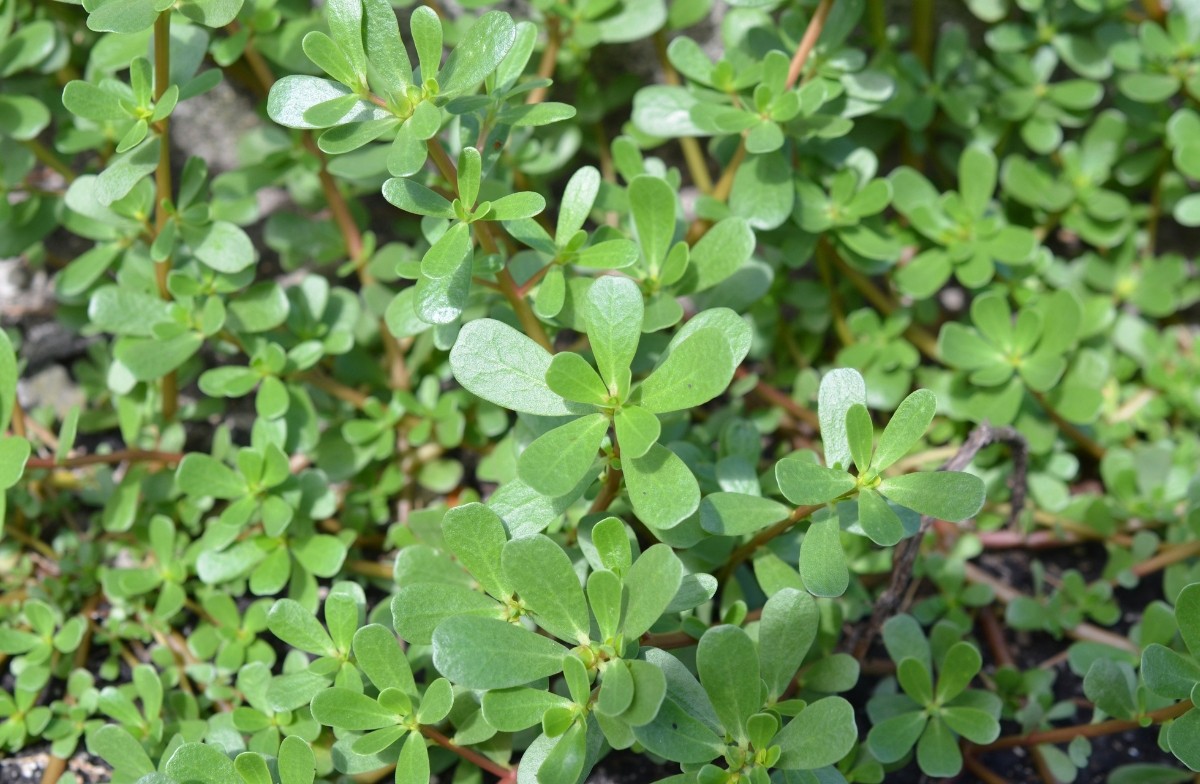
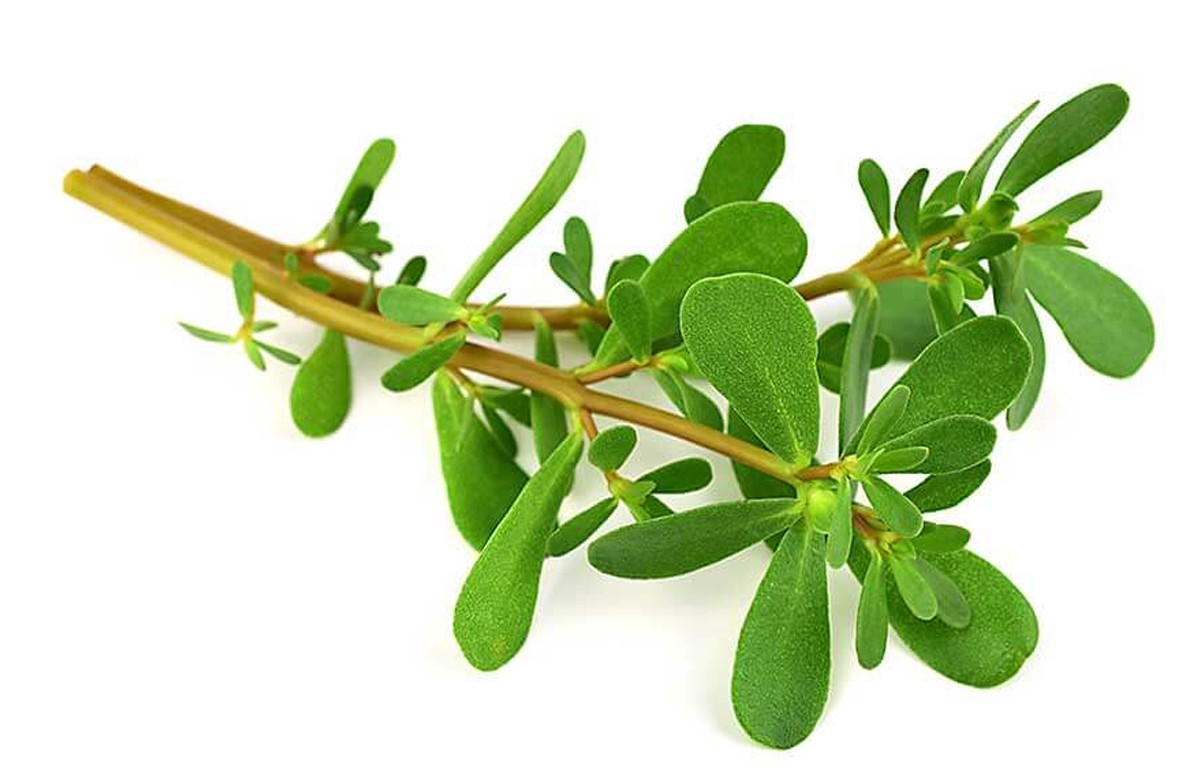
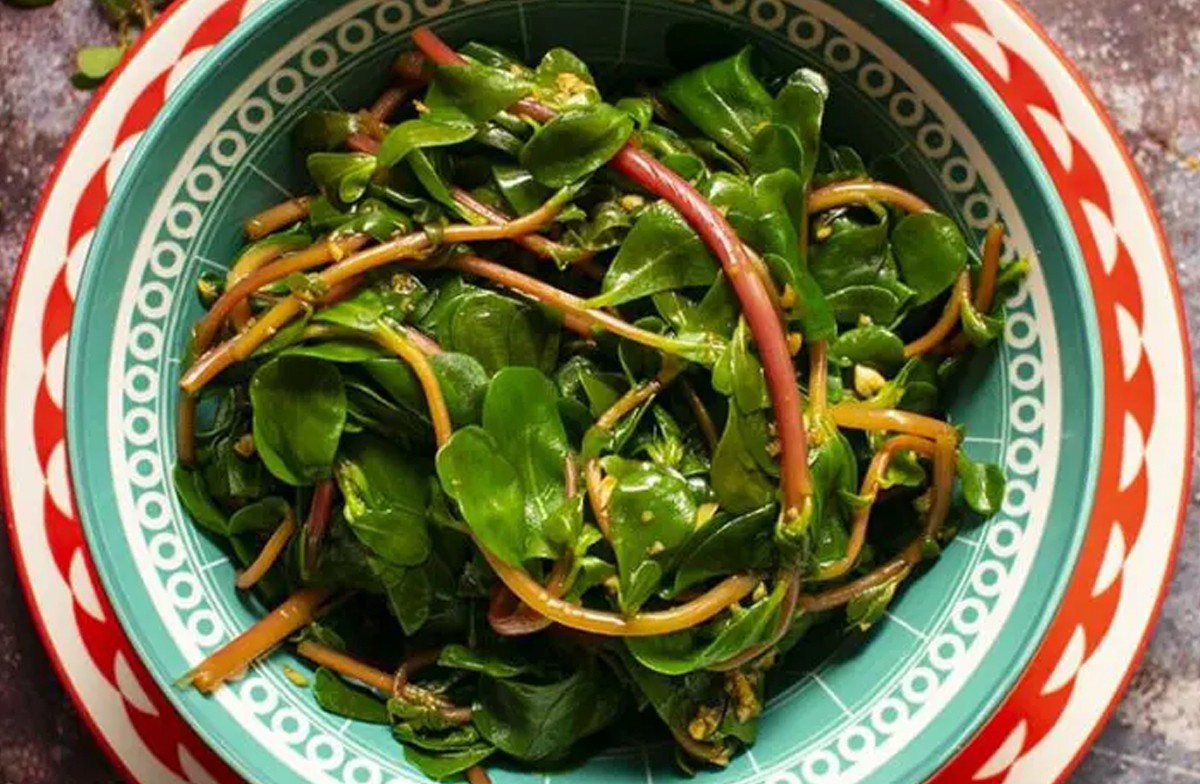
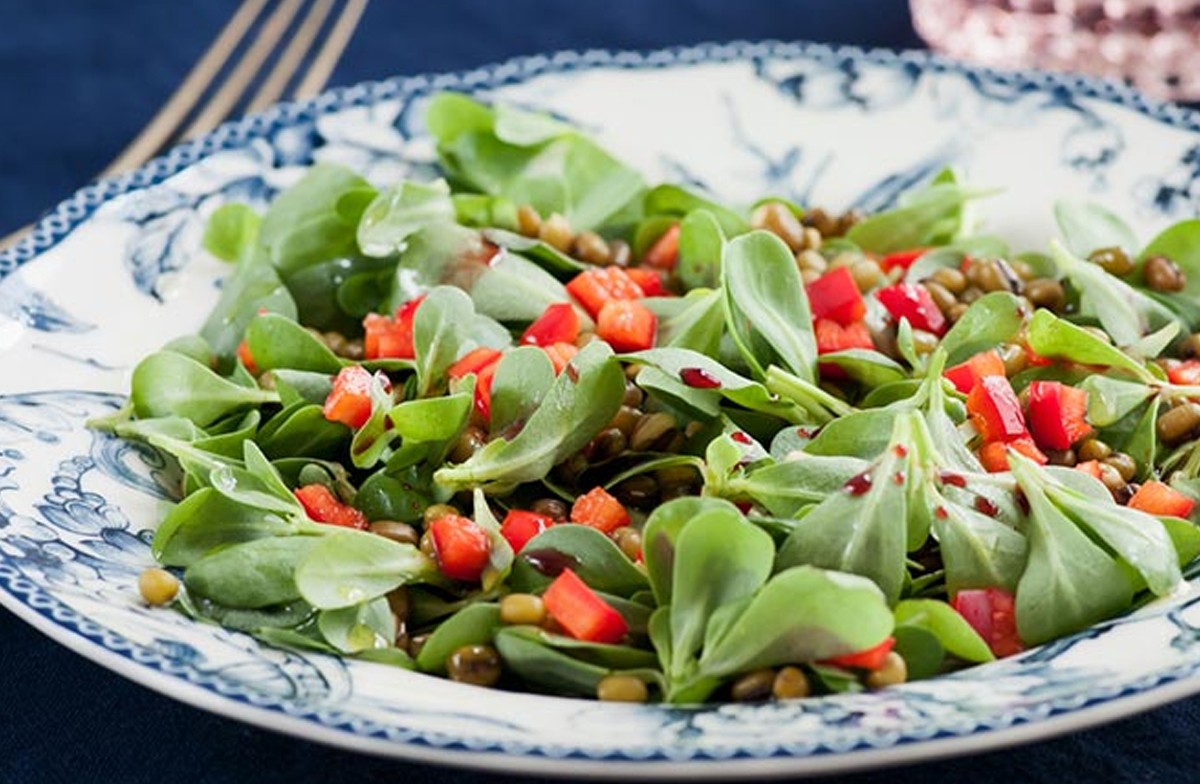
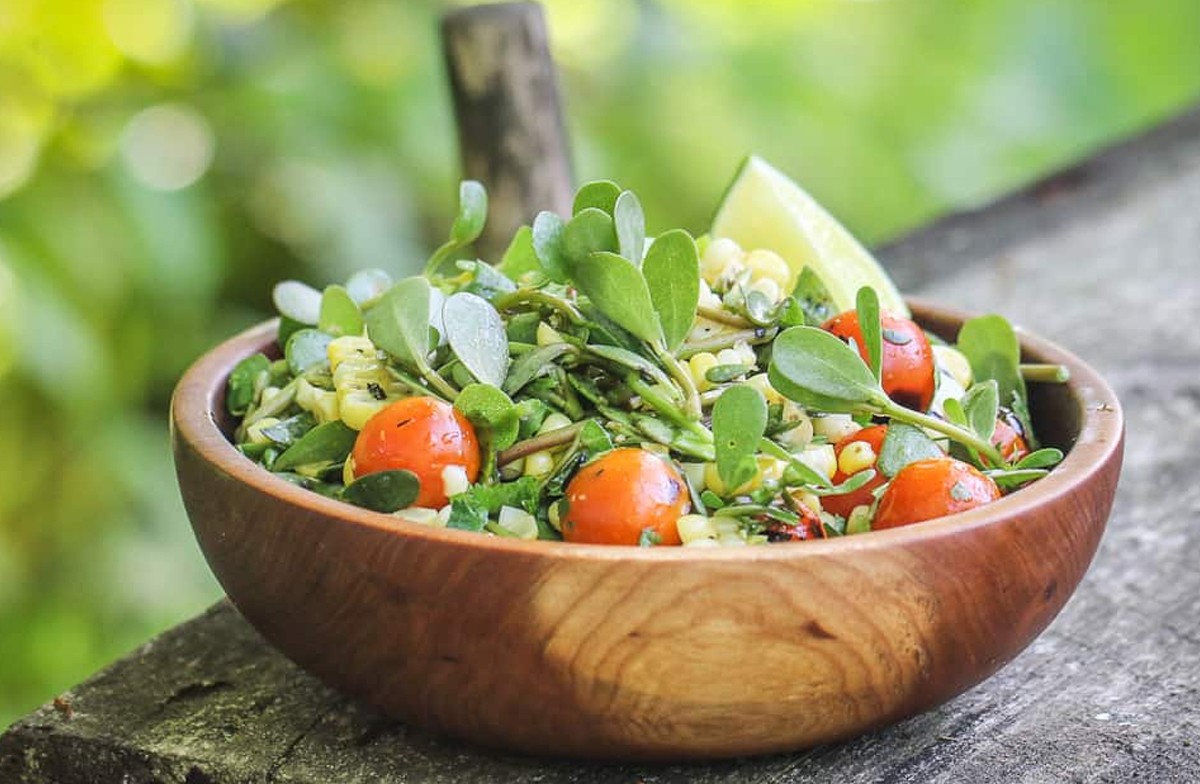
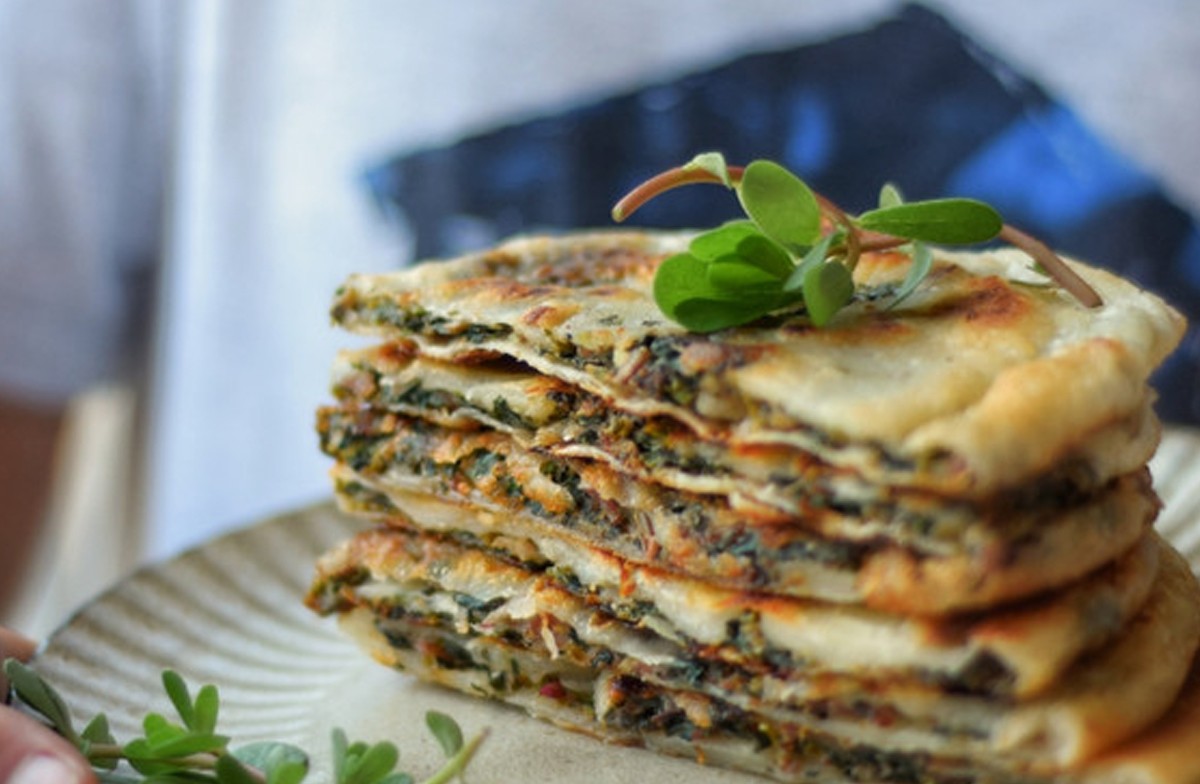














Comments